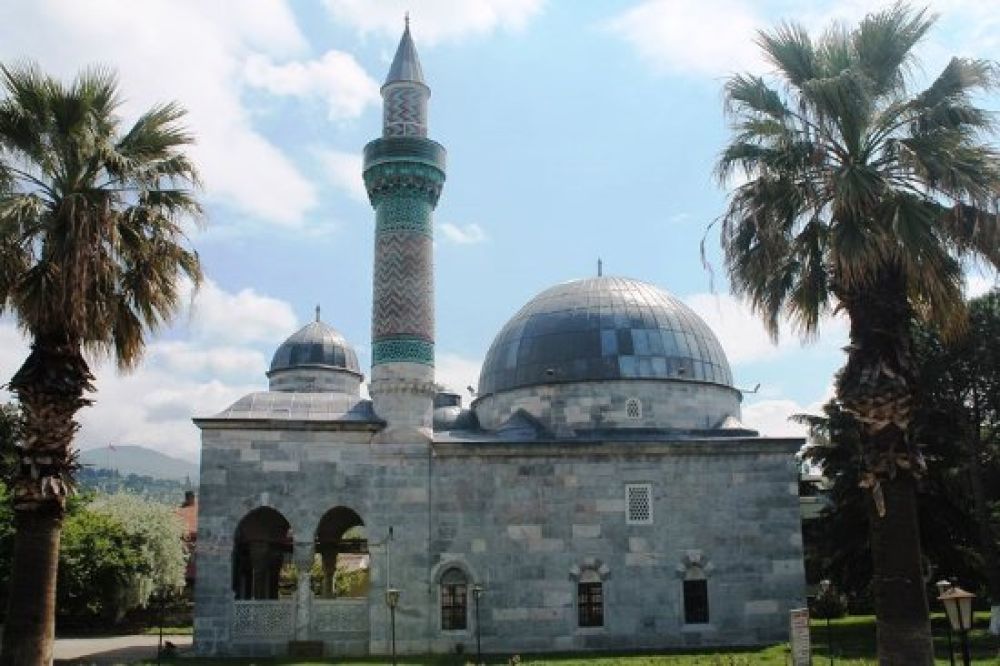

The city of Bursa, located in Northwestern Turkey, is rich in historical and architectural heritage and has been a significant site for cultural tourism for many years. Prominent among Bursa's landmarks are the Green Mosque (Yeşil Cami) and the Green Tomb (Yeşil Türbe), which are fine examples of early Ottoman Turkish architecture and are renowned for their exquisite decoration and historical significance.
The Yeşil Cami, also known as the Green Mosque, was commissioned by Sultan Mehmed I and was constructed between 1419 and 1421. Architect Hacı Ivaz Pasha designed the mosque, and it stands out for its use of green and blue tiles that adorn its interior walls, giving it the name "Green". The mosque set a precedent for subsequent Ottoman mosques with its architectural aesthetics and artistic expression.
Adjacent to the mosque is the Green Tomb, or Yeşil Türbe, which houses the mausoleum of Sultan Mehmed I. Built shortly after the completion of the mosque in 1421, the tomb is known for its striking blue-green tiles and serves as one of Bursa's most iconic symbols.
As part of the former Ottoman Empire's first capital, Bursa's historical significance has attracted visitors for centuries. However, the rise of modern tourism in Bursa can be traced back to the early 20th century. With the advent of cultural tourism, Bursa emerged as a key destination for tourists keen to explore the remnants of the Ottoman period. The addition of Bursa and Cumalıkızık to the UNESCO World Heritage List in 2014 further boosted its status as a place of world historical significance.
In recent years, there has been a surge in interest in cultural and heritage tourism, with travelers increasingly seeking authentic experiences and a deeper understanding of local history and culture. In this context, the Yeşil Cami and Yeşil Türbe remain as central pillars in Bursa's tourism portfolio.
Now, alongside traditional sightseeing, there has been a move toward experiential tourism in Bursa. This includes walking tours around the landmarks, participation in local workshops, and cultural events that showcase Ottoman arts and crafts, enhancing the understanding of the Green Mosque and Tomb's place in the historic fabric of the region.
The Turkish government and local authorities have undertaken various measures to preserve Bursa’s rich heritage, including the Green Mosque and the Green Tomb. Restoration and maintenance efforts are periodically carried out to ensure that the historical integrity and visual splendor of these structures are preserved for future generations.
Educational programs, visitor information centers, and multilingual tour options have been developed to provide tourists with the knowledge and accessibility to appreciate these historical sites fully. Efforts to balance the tourist influx with conservation have led to the implementation of controlled access and sustainable tourism practices.
The Green Mosque and Green Tomb stand today not only as monuments of the past but also as beacons for the evolving nature of tourism. They embody the city of Bursa’s transition from a historic empire's capital to a modern-day cultural hub, attracting visitors from all over the globe.
Ultimately, the blend of rich history, artistic legacy, and thoughtful tourism management continues to secure the Yeşil Cami and Yeşil Türbe's status as an enduring and enchanting tourist destination in Turkey.